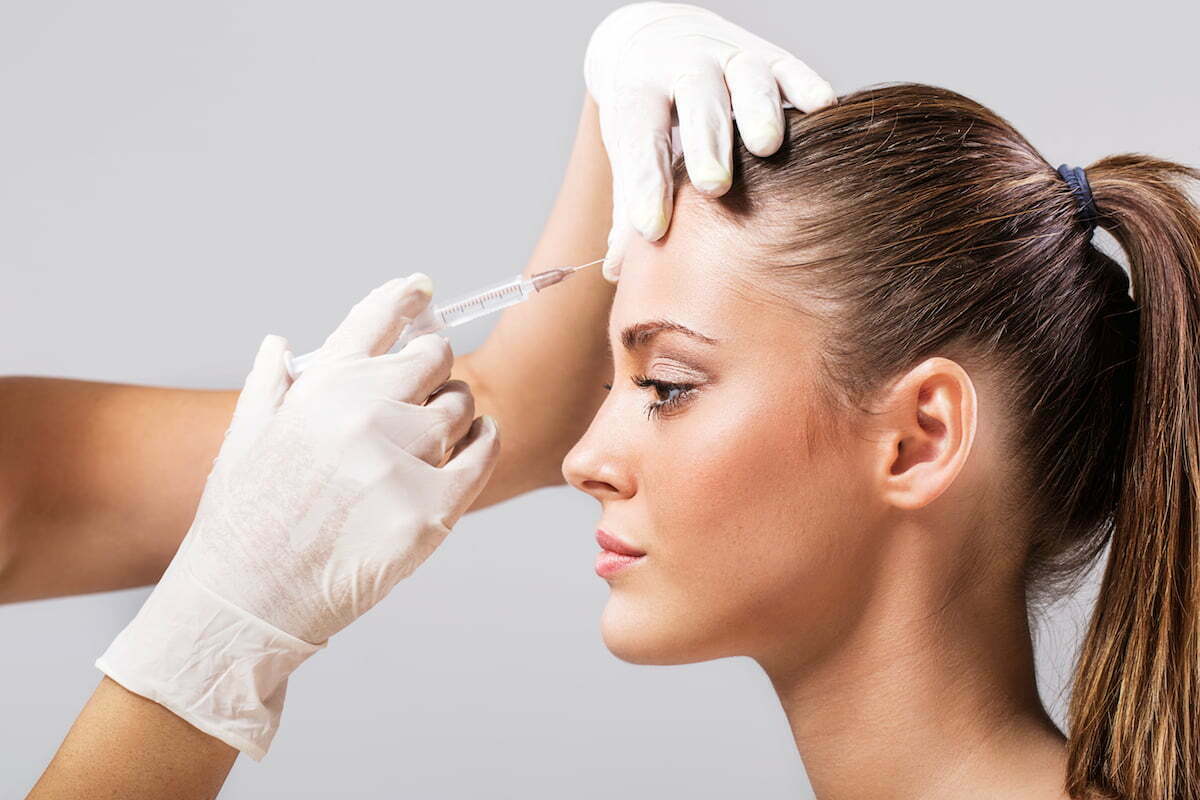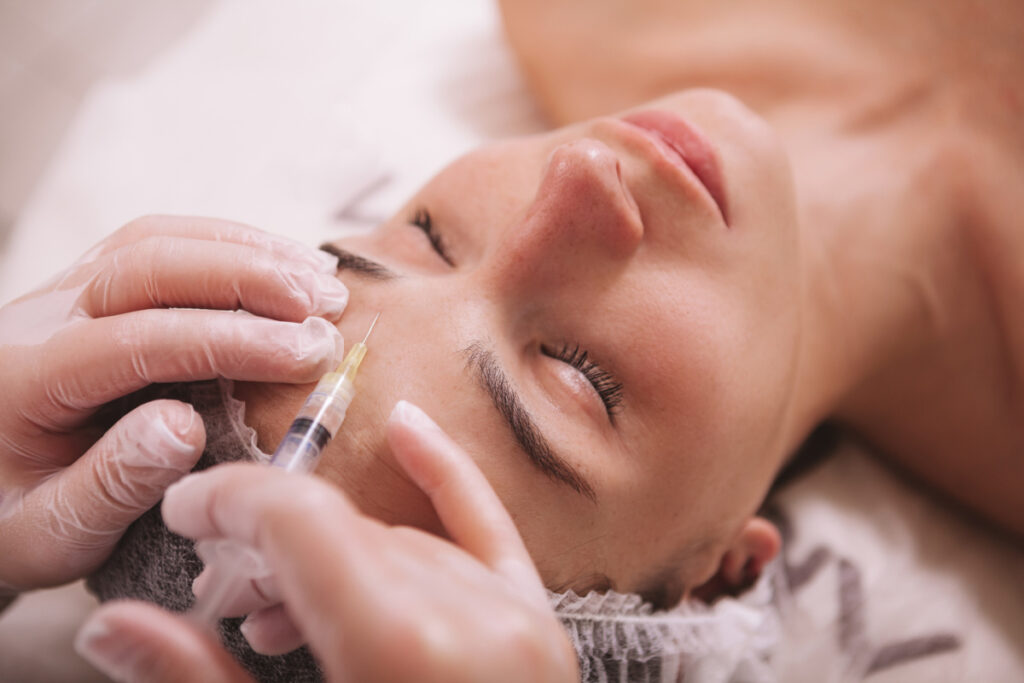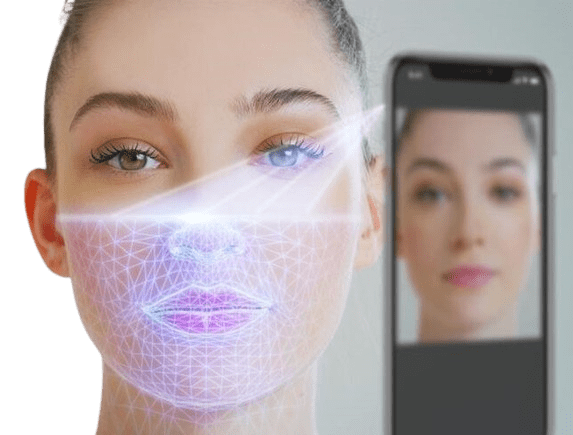
If there were such as thing as a “slam dunk” wrinkle treatment, BOTOX would probably be it. When administered by a qualified provider, it’s rare that BOTOX doesn’t achieve the desired result. Occasionally, however, BOTOX will seem to have little effect for a patient. If this has happened to you, you may have Googled the issue and come across the concept of “BOTOX resistance.” Furthermore, you may wonder, “am I immune to BOTOX?” (probably not) and “is there anything I can do about it?” (almost certainly there is).
Given the topic is somewhat complex and has generated confusion, I thought it would be helpful to provide a professional medical opinion on the subject, including the most likely reasons BOTOX may not seem to work.
What is BOTOX resistance?
BOTOX resistance is a situation in which a patient either has built up antibodies against the botulinum toxin, or happens to metabolize the BOTOX drug exceptionally quickly. As a result, for these patients BOTOX injections provide underwhelming results, a very short-lived effect, or no effect at all. True BOTOX resistance is fairly rare—manufacturer clinical trials showed that no more than 1.5% of patients developed any “neutralizing antibodies” to the drug. Other doctors estimate that as few as 1 patient in 10,000 has real BOTOX resistance.
Most of the time, when BOTOX seems to be less effective for a patient, it is not a case of true BOTOX resistance. Rather, it is one of the following:
You haven’t waited long enough for BOTOX to take full effect
One of the benefits of BOTOX is that it works quickly—but not instantly. While many patients notice fewer wrinkles in as little as 48 hours, it is normal to take up to 10 days for full effects to realize. In other words, you may need to be patient. If it has been more than 2 weeks and you are still not seeing the results you expect, it is best to consult with your provider.
You’ve switched to a new provider who is still getting to know you
It is far safer to undertreat with BOTOX—there’s nothing you can do about too much BOTOX besides wait for the effects to wear off—so providers will often be a little conservative the first time they work with a patient. If you’re seeing someone new, and they have a great reputation otherwise, chances are they are just taking this approach to dial in the appropriate dosage. Call them if you aren’t seeing results after a few weeks; usually the solution is simply a matter of touching up your results.
The natural aging process is catching up, and it’s time to update your injectables protocol
If you’re a BOTOX regular, it can be easy to forget that the aging process continues “behind the scenes.” If the same dose no longer gets satisfying results, it may be that your skin has lost collagen and elastin and/or your facial fat volume has decreased. Either change can cause lines that were once only bothersome with facial expressions to deepen. In this case, more BOTOX is unlikely to be the best solution. Instead, a treatment plan of BOTOX plus injectable fillers to plump up the skin can help you maintain a youthful look and your natural facial expressions.

Your provider made a dosage error or injected in the wrong location
A thorough knowledge of facial anatomy, as well as an ability to interpret a patient’s goals and apply the correct dosage based on their skin quality, are essential for anyone performing cosmetic injections. This is one reason I continue to perform injections personally for my Eugene BOTOX patients. Less experienced providers are prone to mistakes such as using the wrong dose or injecting in the incorrect point on the facial muscle, both of which can result in underwhelming results or worse. Minimize your risk by choosing an experienced provider with a proven reputation for achieving excellent BOTOX results—preferably an MD with extensive training in cosmetic medicine, such as a board certified plastic surgeon.
You’re a patient who just does better with Dysport, or another Botox alternative
Everyone is different. Just like some people swear by Advil for headaches and others by Motrin, some patients get better results with Dysport than BOTOX (and vice-versa), even though the two products are very similar. A provider who is experienced with many of the top brand-name neuromodulators can help you determine if Dysport, or another FDA-approved Botox alternative, such as Xeomin, Jeuveau, or DAXXIFY is best for you.
You were given over-diluted or fake BOTOX
Unfortunately, there are unethical providers out there who sell discount “Botox,” which is either heavily diluted to maximize profit margins, or isn’t real BOTOX at all. The risk getting injected with fake or counterfeit Botox is much higher at salons and other non- or quasi-medical venues, as only licensed physicians can obtain authentic BOTOX or Dysport. To avoid potentially dangerous consequences of fake or badly performed BOTOX, only let experienced, qualified medical providers at reputable medical practices perform your injections—and never trust prices that seem too good to be true.
What to do when BOTOX doesn’t work as well anymore
First, get in touch with your provider. A reputable injector will want to know when you are not fully satisfied with your treatment, and should work with you to ensure that you are satisfied with your results. That said, if you are wary of returning to the same provider for any reason, get a second opinion or switch to an MD injector before you invest in additional BOTOX. Bring your new provider record of your previous treatments, including when you last had BOTOX, where injections were made, and how much was given. This information will help them design a safe, effective treatment plan.
If you are looking for an experienced BOTOX provider in Eugene, I invite you to schedule a consultation with me at Movassaghi Plastic Surgery. We’ll discuss your goals and concerns and address any questions you have to find the most appropriate treatment for your needs. If we agree that you are a good candidate for BOTOX, it’s usually possible to begin treatment that same day. To make an appointment, call 541-686-8700 or contact us online.

18 Comments Posted to "What is BOTOX Resistance? And How Can I Avoid It?"
Hi 👋 I’VE botox resistance after many tries so stopped for 2 years my question can try again or my immune system still resistance
Hello, Dawlat, and thank you for your question. There are 5 FDA-approved Botox-type injectables currently available: Botox, Dysport, Xeomin, Jeuveau, and Daxxify. If you have tried one and developed “Botox resistance,” your injector may recommend trying a different formula. However, each individual case is different, so begin by locating a qualified provider who can learn about your medical history and examine you in person. If you live near Eugene, OR, or are willing to travel to see us, our team of expert injectors would be happy to meet with you. You may schedule a consultation by calling 541.686.8700 or filling out our online contact form here: https://www.drmovassaghi.com/contact-us/. Thank you!
I’m am one that has tried all the toxins with the same and different providers with time in between each visit to allow potential over lap issues, to find the none of them work. Like, at all. I’ve tried all the medical grade creams, treatments, and serums. What now?!
Hi Sarah, thank you for taking the time to leave a comment. To determine the next step for you, it would be best to schedule a consultation with one of our skin experts so they can look at your skin in person and discuss your past treatments and products. If you live in Eugene or are willing to travel, please submit an online contact form or give us a call at 541-686-8700 to schedule a consultation. We look forward to hearing from you!
I have tried Xeomin for the first time on my forehead, two weeks after I’ve ended up with a deep curved line on my forehead and after 5 weeks post treatment there is a lot of movement on my forehead, with visible wrinkles. The dr refused to inject more to try to fix it. Am I resistant to treatment? Should I try a different provider?
Resistance to botulinum toxin treatments like Xeomin, while rare, can occur. However, it’s also possible that the issue might be related to the dosage or placement of the injections rather than resistance. Before concluding that you’re resistant, it might be helpful to consult with another experienced provider for a second opinion. They can assess your treatment and potentially offer a different approach, such as adjusting the dosage or trying a different product like Botox or Dysport. Getting a fresh perspective might help you achieve the results you’re looking for. If you’re in the Eugene area, or are willing to travel, we’d love to see you!
For about 8 years now, I have been periodically injecting botulinum toxin (Vistabel) into my forehead and at the corners of my eyes (the upper part of my face). I always had very good results.
In 2020, I suffered a hemorrhagic stroke caused by stress and high blood pressure. For a year, botulinum toxin (Dysport) has been administered to my upper limb to alleviate spasticity. I want to continue injecting the toxin to reduce wrinkles. What interval can there be between the two procedures, from the upper limb and from the face (I read about the possibility of anti-toxin antibodies appearing if I do not respect a certain interval . what is this interval (some say to do the injections at a maximum of 2 weeks apart and others say that they can be done at any interval because the formation of antibodies would be a myth.
Thank you in advance!
Hi, thank you for your detailed question. We recommend discussing this with the doctor who is administering your injections for upper limb spasticity, as their expertise in this specific application of neuromodulators—as well as their understanding of your medical history—can help you make an informed decision.
Hello , I have been getting botox every 4 months in my masseter muscle (40 units) due to excessive clenching , however I have realized my previous session wasn’t satisfactory and had minimal effect than usual . I found out in several previous that several sessions I used the same botox and was wondering if this could be the cause ? Do i need to change it? I talked to one of the doctors and she suggested that I should wait 5 months so my antibodies would wear off my body but I dont seem to find this info online alot ?can my body create antibodies against the same botox if it has been used several consecutive sessions (allergan) ? 4 months passed , Do you think I should wait another month? Or could I do another type like dysport instead as it will be a different version my body wont recognize ?
Hi Nour, Developing resistance to Botox can happen in cases like yours, especially with such frequent treatments. Switching to a different neuromodulator, such as Dysport, could be a good strategy to consider. While all neuromodulators are similar, slight differences in their formulations might make one more effective if your body has begun to resist Allergan’s. It’s worth discussing this option with your provider to determine the best approach tailored to your specific needs and response history.
Hello nour, i just read your comment from 2024 and i think i have the same issue just like you! Doing botox for these past 3 years for my masters but now i think the Botox doesn’t really works. And can you let me know hows your masters condition now? Are you trying other botox? Or waited for 5 months to clear your antibodies?
Hi I have had botox twice now. This second time it’s worked on one side but not the other. The person I see is saying it is botox resistance & wants me to pay for a more expensive treatment for the 3 areas again. But If the eyes on both sides have worked. One of my 11s has gone & that side is OK on the forehead. But the other side the frown line & forehead hasn’t worked just the eye.
Recently had botox. 2nd time. This time both eyes worked. Forehead on one side. One of the 11s is gone. The other side the eye has worked. The forehead hasn’t worked & one of the frown lines hasn’t gone. Is this botox resistance as my botox lady wants me to pay more for 3 areas & yet I just Need the forehead & frownline.
Hi! It sounds like you’re experiencing some uneven effects from your Botox treatment, which isn’t uncommon. Botox resistance typically involves a broader lack of response to the treatment across all injected areas, not just one side. Since you mentioned that the treatment worked on one side of your forehead and your 11s on one side, but not the other, this may not be a case of resistance but rather an issue with the dosage or placement of the injections on the less responsive side.
Before proceeding with another full treatment, it might be worth discussing the possibility of a targeted touch-up for just the areas that didn’t respond, rather than treating all three areas again. A good practitioner should be able to adjust the treatment to focus on the specific muscles that didn’t respond initially without requiring you to pay for a full session covering areas that are already satisfactory. If you’re unsure, it’s always reasonable to seek a second opinion from another qualified provider.
I try botox 2 times no results at all
Can o be botox resistance
Hi Rasa, although incredibly rare, it is possible that what you are is experiencing is Botox resistance. There are also several other factors that could cause Botox not to work as expected, including the dosage used, the technique of injection, or the specific muscle response. It’s best to discuss these possibilities with your provider, who can adjust the treatment approach, or even consider seeing a different provider for future treatments. We hope this helps!
Hi, nothing works any more. I’ve switched providers, switching from Botox to Dysoort to Daxify; have tried less dosages, increased them, waited 3 months… nothing. I’ve been using injectables for about 8 years. I get absolutely zero results from all of the products mentioned. Is there anything new in the market that is coming out? Is there a glimpse of hope?
Hi Lisette, We’re so sorry you’re experiencing this. True resistance is rare but understandably frustrating. While you’ve tried many of the available options, other products like Jeuveau and, most recently, Letybo may be worth exploring. There are always promising treatments in development; we recommend consulting with an experienced injector who stays current on the latest research and techniques.